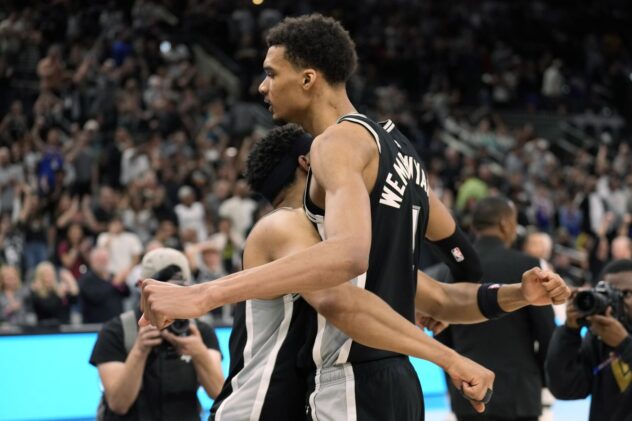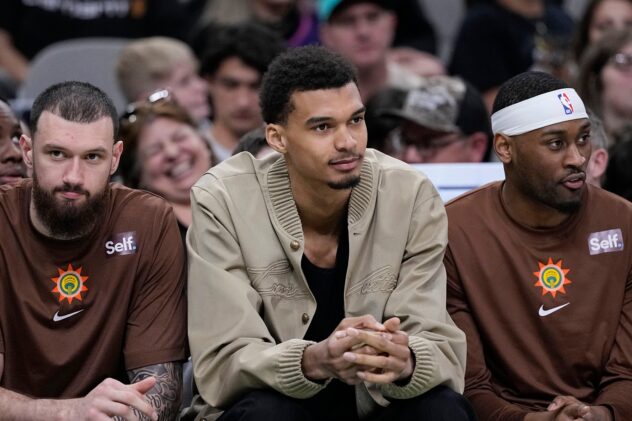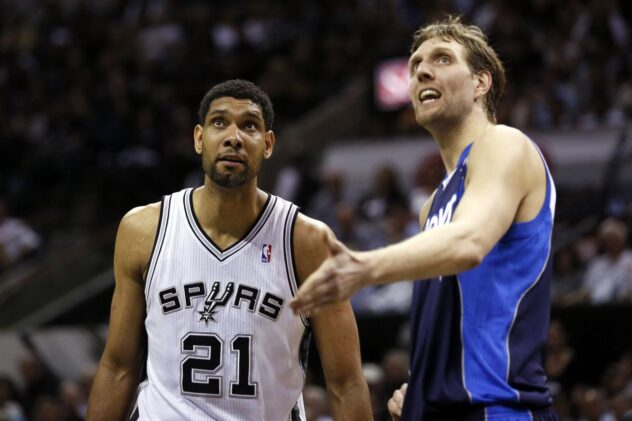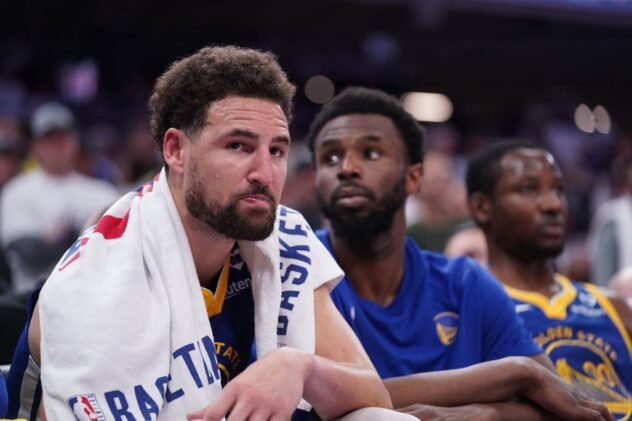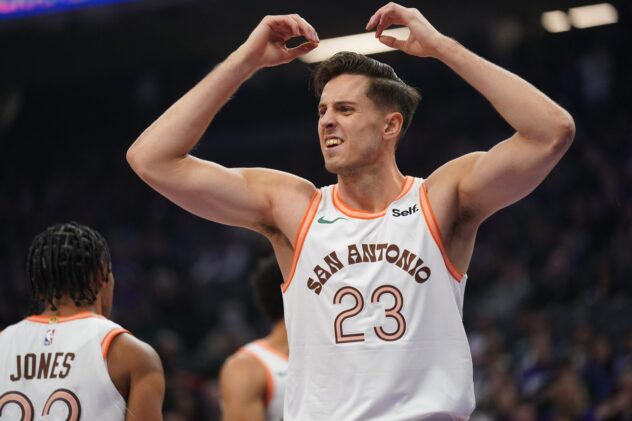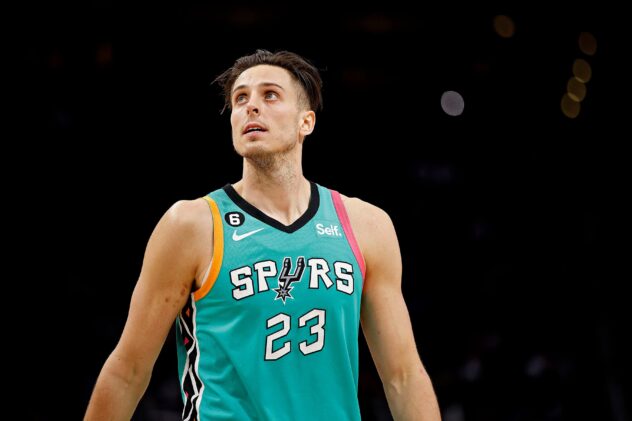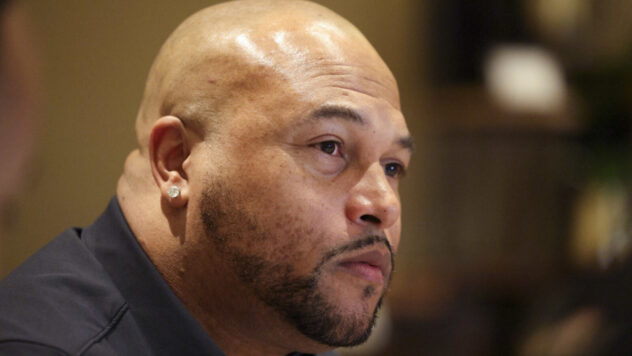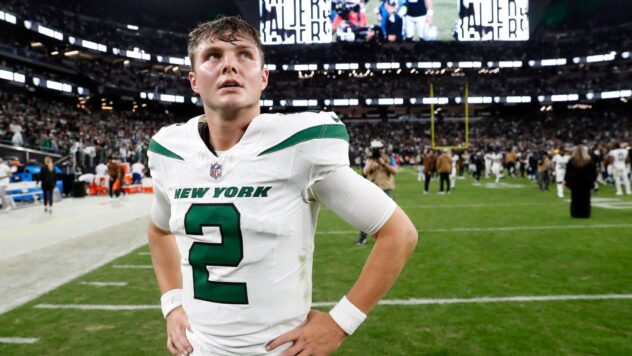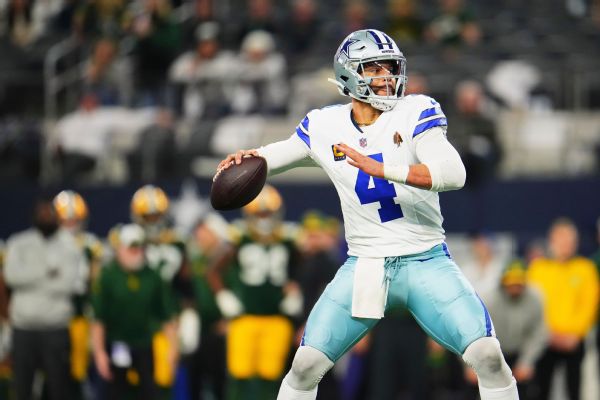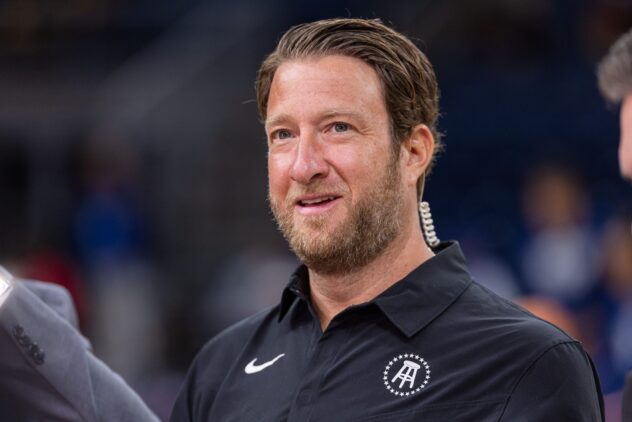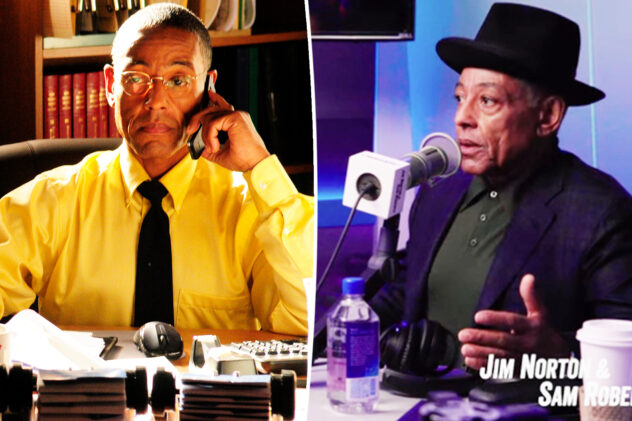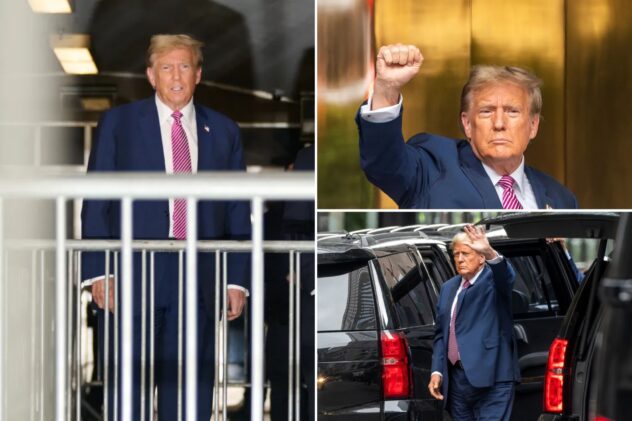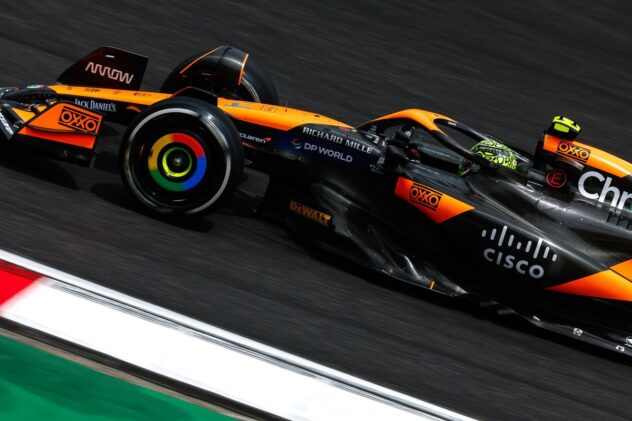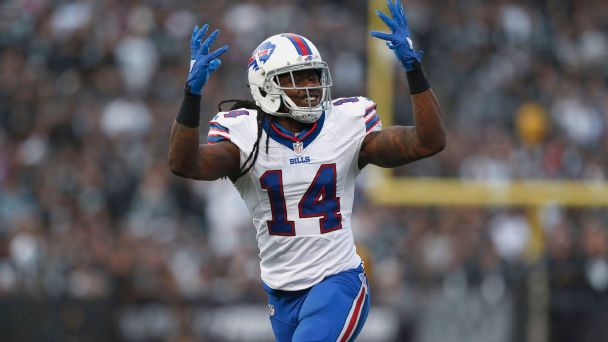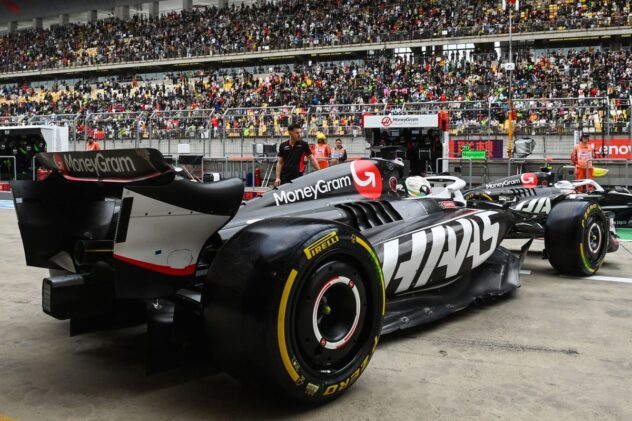For Kawhi Leonard, Isaiah Thomas could be a cautionary tale
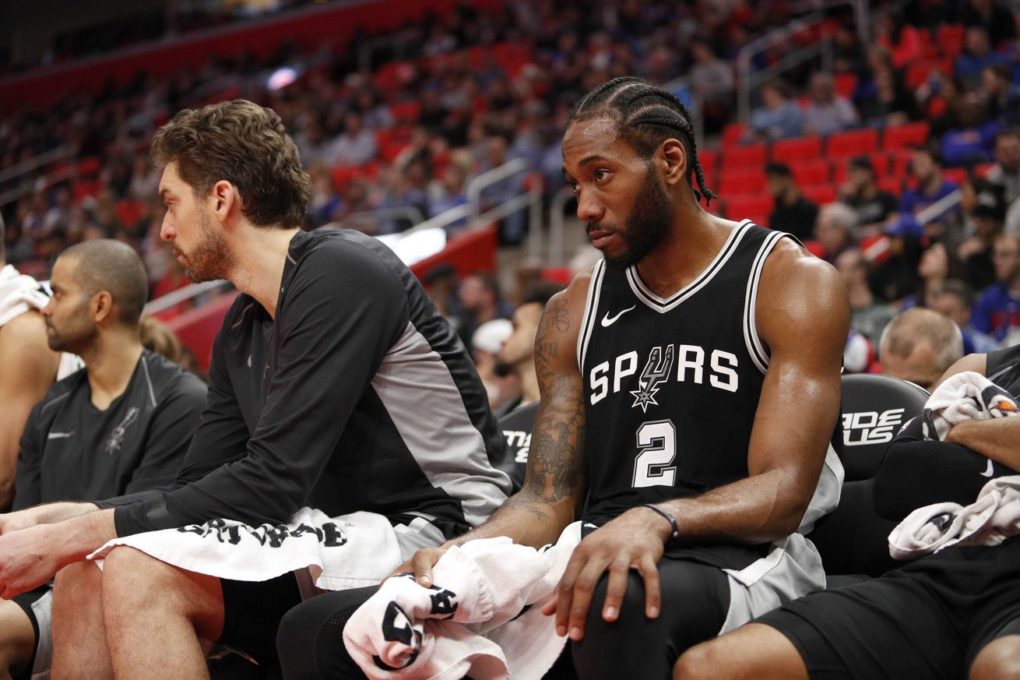
The Leonard saga makes a bit more sense when you consider Jalen Rose’s theory of contradicting diagnoses.
It was announced earlier this week that point guard Isaiah Thomas would undergo season-ending arthroscopic surgery on his injured hip. The diminutive Thomas — who finished fifth in MVP voting last season after averaging nearly 29 points and six assists per game — has seen his value drop as precipitously as almost any player in league history. Boston moved him as part of the Kyrie Irving trade over the summer, and then the Cavaliers sent him to Los Angeles, paired with a first-round pick, in exchange for Larry Nance Jr. and Jordan Clarkson.
This year the 27-year-old guard has looked like a shadow of the All-NBA talent he was a year ago, reflecting on what he perceived as the poor management of his injury, a torn labrum initially sustained in March of 2017 (when Much Larger Man Karl-Anthony Towns landed on him) but misdiagnosed by team doctors at the time as a knee injury. It wasn’t correctly listed as a hip injury until months later, after Thomas was forced from the playoffs upon re-aggravating the injury. Now, the payday that he was expecting this summer — “They better back out the Brinks truck,” he said in July 2016 — will almost certainly be a fraction of what he once anticipated.
So why are you reading all about a Lakers player’s hip after clicking on a story supposedly about Kawhi Leonard’s quad tendon? First, because it’s nearly April, and all we have to shed light on this saga are pin holes of truth gleaned from interviews and semi-conflicting hearsay. Little concrete information has come out, and fans are growing understandably frustrated with a situation that’s remained weirdly day-to-day, in the least transparent way possible, with a franchise player who has been mum throughout. Second, because it might be worth wondering if it is actually Leonard’s tendon we should be talking about.
Bear in mind that I am but a source-less blog boy — credentialed and team-adjacent in a way that only stokes my curiosity without ever satisfying it. As such, all I offer here is one potential through-line to what could be going on with the Spurs’ superstar forward.
Also important: this isn’t even my theory. Every Spurs fan’s favorite (ahem) pundit, Jalen Rose, included it when he sounded off on the Leonard situation in January — it just didn’t make noise at the time because it was overshadowed by his assertion that Leonard might want out of San Antonio and that the organization had trouble drawing “elite, All-NBA-caliber” talent:
“Kawhi Leonard wants out of San Antonio is what I’m hearing. The reason why is 10-fold… and also the way his injury situation is handled. You see him in the lineup; you see him out of the lineup; is it his quad? What’s going on with his history? Was he misdiagnosed? Will we look back at this situation with his injury kind of like we’re doing with the Boston Celtics?”
At the time, Rose’s comments were widely dismissed by Spurs fans, but this was well before a) Woj’s report of a “chilling” divide, b) the post-game players-only meeting, c) Tony Parker’s semi-critical comments, and d) we collectively accepted at least some level of disconnect between the Leonard and organization camps. Months after first weighing in, Rose doubled down on the idea of a misdiagnosis, saying, “Clearly, he felt like he was misdiagnosed by the Spurs doctors. He’s not trusting their opinion regardless to where they say whether he’s cleared or not.”
Rose wouldn’t be the first broadcaster to lace his analysis with a dose of conjecture, but it’s also possible he was more familiar with what was happening than we gave him credit for — and he may continue to be. Apply this lens over everything that’s happened, and it paints a picture of why things have transpired the why they have — and that’s more than what we have at the moment.
Little came from the March 19th players-only meeting
Leaks have been more prevalent than ever around in the organization, and it’s hard to say who is speaking with whom. We know someone provided Woj with a more confrontational account of the players-only meeting (“tense and emotional”, with players “imploring” Leonard to return) that players like Danny Green disagreed with.
We do not know that much information-sharing took place between Leonard and his teammates during the meeting (that Woj article, for what it’s worth, phrases it as “Leonard remained resolute in his response, insisting that he has good reason to continue sitting out because he still isn’t fully healthy, sources said.”) Manu Ginobili’s tone in the days following (“We gotta think that he’s not coming back) was one of a player who might have been resigned following a mostly fruitless interaction.
Leonard is listening to his medical team first
We learned over the All-Star break that Leonard was working with outside doctors in New York, with Spurs “team personnel” also present for the workouts. A month later, Gregg Popovich confirmed that it was indeed that other group who would make the first decision on Leonard’s ability to return to action:
“The first step is he’s got to be cleared by his medical staff that he’s seeing. And until he gets cleared, we can’t make a decision on when he’s coming back.”
On its own, an athlete leaning on a team of external medical specialists doesn’t raise many eyebrows. Second opinions are relatively common with sports injuries and Leonard’s has, seemingly, been anything but straightforward.
Less common, though: a team’s medical staff being so out of sync with the other team on whether a player of Leonard’s importance is prepared to play. Skepticism in the Spurs’ medical team seemed to be at least part of what spurred this Tony Parker statement last week:
“I’ve been through it,” Parker, who reportedly spearheaded the meeting, told reporters Friday. “It was a rehab for me for eight months. Same kind of injury (as Leonard’s), but mine was a hundred times worse, but the same kind of injury. You just try to stay positive.”
“I had options, too, obviously, when you have a big injury like that you can go to L.A., Europe, France,” he said. “I could’ve gone anywhere, but I trust my Spurs doctors. They have been with me my whole career. … I didn’t take two weeks to go through options. For me, it was a no-brainer because I feel like we have the best medical team in the world.”
Parker is a believer — in the Spurs and their methods. It’s easier to imagine Leonard doubting them if the disagreement is around a more fundamental reason.
Even Pop’s post-ASB comments can be interpreted as a coach who is still looking to earn buy-in from Leonard.
“He knows very well our history is pretty documented, if we’re going to err, we’re going to err on the conservative side because his career is going to be of paramount importance to us. It’s not the game or the playoffs or this or that. It’s the same like with Tim [Duncan]. He hurt a knee one year, and we didn’t let him go in the playoffs. I don’t know that that could be this situation. We don’t know. But his career will be paramount in our thinking as we make a decision.”
“Right quadriceps tendinopathy” dropped from injury reports
Although the team has been rolling with the murky “return from injury management” distinction for Leonard the past few months, they had been using “right quadriceps tendinopathy” in October and November.
The term “return from injury management” first popped up in December, initially with Tony Parker, as the team was easing him back into a normal day-to-day schedule.
LaMarcus Aldridge (rest), Rudy Gay (sore right heel), Kawhi Leonard (right quadriceps tendinopathy) and Tony Parker (return from injury management) are out for tonight’s Spurs-Thunder game.
Derrick White (right wrist fracture) has been upgraded to probable. pic.twitter.com/WFaTYqotkz
— San Antonio Spurs (@spurs) December 3, 2017
The term was later used with Leonard and has been applied consistently since January 17th, replacing all mentions of right quadriceps tendinopathy in the injury report.
LaMarcus Aldridge (left knee contusion) is questionable for tomorrow’s Spurs-Thunder game. Kawhi Leonard (return from injury management) is out. pic.twitter.com/V6NbsL4DDL
— San Antonio Spurs (@spurs) March 28, 2018
Again, this on its own could mean a number of things. It could be that (as they did with Parker) the team simply wanted to re-position his status as a rehabilitation phase. Or it could be the result of conversations between medical teams and a compromise on the nature in which his status is framed.
If there is a difference of opinion not only on how to rehab an injury — but what that injury is — then the steps that one set of doctors suggests for rehab could be completely opposite to what the other group of physicians believes will help heal what’s ailing Leonard. A most difficult situation, to be sure.
Leonard, like Thomas, is eyeing a major payday in the future
For Leonard, the likelihood of a supermax extension looms. According to Spotrac, the 26-year-old’s career earnings eclipse $60 million, that’s not counting over $20 million coming his way next season. That’s a lot of money, but $219 million is substantially more, and the last thing any player would want to do is put such a payday at risk.
Actually, the last thing a player in Leonard’s position would want is to experience the kind of drop-off in playing ability that Thomas has suffered. Avoiding such a scenario appears to be paramount in Leonard’s approach — which is something Spurs fans can certainly understand, even if the details remain the subject of nothing more than speculation.
Source: Pounding The Rock

